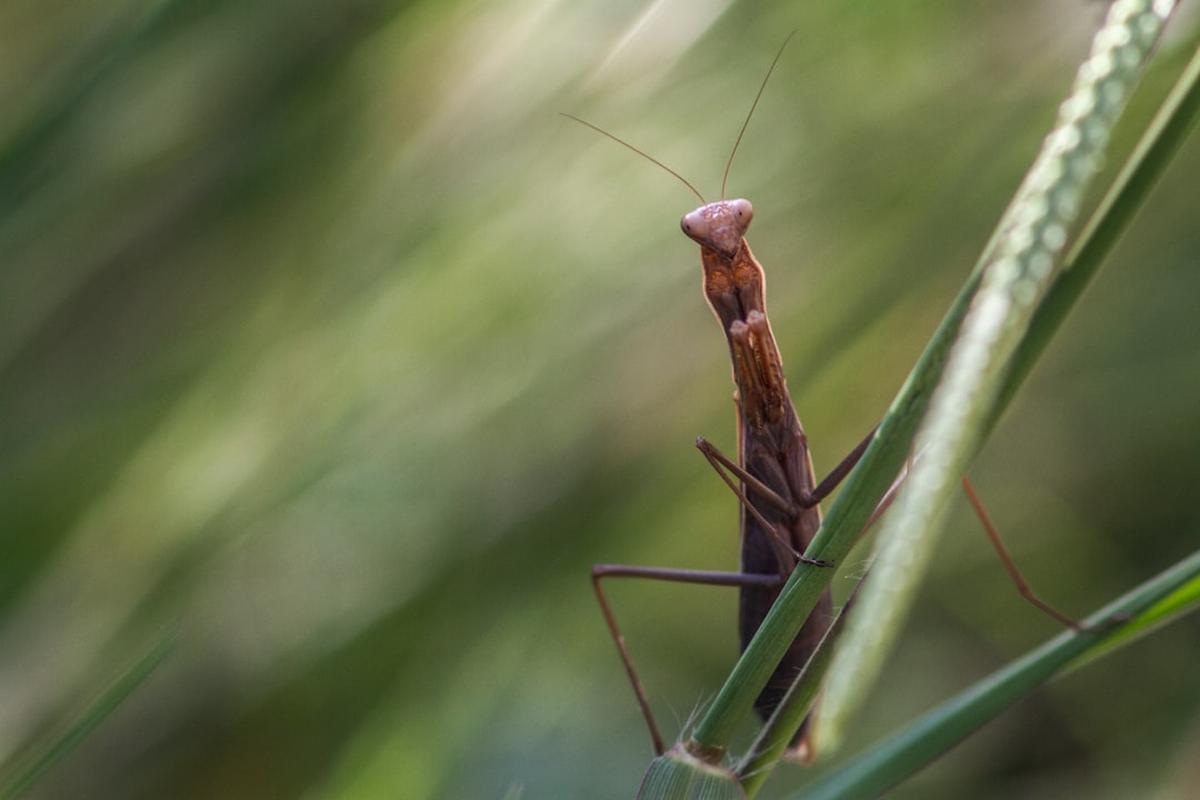Introduction to the Simpson Diversity Index: What It Is and Why It Matters
Diversity is the spice of life, and the Simpson Diversity Index is a powerful tool for measuring and understanding the richness of a community. At its core, this index provides a numerical representation of the diversity within a given population, taking into account both the number of species present and the relative abundance of each.
The formula for the Simpson Diversity Index is elegantly simple: D = 1 - Σ(n_i/N)^2, where n_i is the number of individuals of the i-th species and N is the total number of individuals. This calculation yields a value between 0 and 1, with 0 indicating no diversity and 1 signifying maximum diversity. By considering the proportional representation of each species, the index paints a nuanced picture of the community, revealing whether it is dominated by a few species or evenly distributed.
Imagine a lush forest teeming with life. The Simpson Diversity Index could help us understand the intricate web of relationships within this ecosystem. A high index value would suggest a thriving, balanced environment, where no single species holds sway. Conversely, a low value might signal an imbalance, where a few dominant species have crowded out their counterparts.
Beyond the natural world, the Simpson Diversity Index finds application in a wide range of fields, from business to social sciences. In the corporate realm, it can shed light on the diversity of a workforce, highlighting the need for inclusive practices. In sociological studies, the index can reveal the richness of cultural or linguistic diversity within a community.
Ultimately, the Simpson Diversity Index is a powerful tool that allows us to quantify and appreciate the complexity of the world around us. By understanding the nuances of diversity, we can make informed decisions, foster resilient communities, and celebrate the beauty that arises from the harmonious coexistence of myriad species and perspectives. 1 2
 Photo by S N Pattenden M9frjjh on Unsplash
Photo by S N Pattenden M9frjjh on Unsplash
Calculating the Simpson Diversity Index: Step-by-Step Guide
Measuring the variety of species within a given ecosystem is a crucial task for ecologists and conservation biologists. The Simpson’s Diversity Index (D) offers a simple yet effective way to quantify this diversity. The index is calculated by adding up the proportional abundances of each species squared, resulting in a value between 0 and 1.
The formula for the Simpson’s Diversity Index is D = Σ(ni(ni-1)) / (N(N-1)), where ni represents the number of individuals belonging to the ith species, and N is the total number of individuals in the sample. This calculation gives us the likelihood that two randomly selected individuals will belong to the same species.
The Simpson’s Index of Diversity (1-D) is often used instead, as it provides a more intuitive interpretation - the higher the value, the greater the diversity.
To illustrate the calculation, let’s consider a hypothetical community with four species: 10 individuals of species A, 5 individuals of species B, 3 individuals of species C, and 2 individuals of species D. The total number of individuals (N) is 20. Plugging these values into the formula, we get D = (10(10-1) + 5(5-1) + 3(3-1) + 2(2-1)) / (20(20-1)) = 0.745. The Simpson’s Index of Diversity would then be 1-0.745 = 0.255, indicating a moderately diverse community.
The Simpson’s Diversity Index is a powerful tool because it not only considers the number of species present but also their relative abundances. This makes it more sensitive to changes in the dominant species within a community, providing a more nuanced understanding of ecosystem dynamics. By incorporating this index into their research, scientists can better track the impacts of environmental changes, habitat fragmentation, or conservation efforts on the overall biodiversity of a region. 3 4
 Photo by Saad Alaiyadhi on Pexels
Photo by Saad Alaiyadhi on Pexels
Interpreting the Results of the Simpson Diversity Index
Measuring the diversity of an ecosystem is a crucial step in understanding its overall health and resilience. The Simpson Diversity Index, a widely used metric, offers a unique perspective on this complex task. At its core, the index calculates the likelihood that two randomly selected individuals will belong to the same species. This seemingly simple calculation, however, holds the key to unveiling the intricate tapestry of an ecosystem.
The index ranges from 0 to 1, with 0 representing infinite diversity and 1 indicating no diversity at all. To make the results more intuitive, the index is often expressed as its complement (1-D), where higher values signify greater diversity. This approach aligns with the Simpson’s Inverse Index (1/D), which directly represents the diversity of the community. Interpreting the results becomes more straightforward, as an increase in the index reflects an increase in diversity.
Going deeper, the Simpson’s Inverse Index can be understood as the “richness you’d have for a community with perfect evenness and the same diversity as the community you were sampling.” This analogy provides a tangible way to visualize the diversity within an ecosystem, making it easier to grasp the significance of the index’s value.
- The Simpson’s Diversity Index (D) measures the likelihood that two randomly selected individuals will belong to the same species.
- The Simpson’s Inverse Index (1/D) represents the diversity of the community, with higher values indicating greater diversity.
- The Simpson’s Inverse Index can be interpreted as the “richness you’d have for a community with perfect evenness and the same diversity as the community you were sampling.”
- The Simpson’s Diversity Index is an alternative to the Shannon-Weiner Index, another widely used metric for measuring diversity.
By understanding the nuances of the Simpson Diversity Index, researchers and ecologists can gain valuable insights into the intricate relationships within an ecosystem, ultimately informing conservation efforts and sustainable management practices. 5 6
Applications and Limitations of the Simpson Diversity Index in Ecology
Ecologists have long wrestled with the challenge of measuring the diversity of species within a given ecosystem. One of the most commonly used metrics in this pursuit is the Simpson Diversity Index, a powerful tool that gives valuable insights into the richness and evenness of a community.
At its core, the Simpson Diversity Index shows the likelihood that two randomly selected individuals belong to different species. This index is especially sensitive to the abundance of dominant species, making it a useful indicator of the overall balance within a community. On the other hand, the Simpson’s Dominance Index, its opposite, reflects the chance that two randomly chosen individuals belong to the same species, providing insight into the degree of dominance by a single or a few species.
Interestingly, the Simpson’s Evenness Index, calculated as the ratio of the Dominance Index to the total number of species, offers a nuanced view of the distribution of individuals across the various species present. As this value gets closer to 1, it indicates a more even spread, suggesting a thriving and balanced ecosystem.
While the Simpson Diversity Index is a strong metric, it does have its limitations. Unlike the Shannon Diversity Index, which is equally sensitive to rare and abundant species, the Simpson Index focuses more on the dominant species. This can be a double-edged sword, as it may overlook the importance of rare species in maintaining the overall ecological integrity.
To get a more comprehensive understanding of a community’s diversity, ecologists often use a range of complementary indices, each offering a unique perspective on the complex tapestry of life. By carefully choosing and interpreting these measures, researchers can uncover valuable insights that inform conservation efforts and guide the sustainable management of our precious natural resources. 7 8
 Photo by Marcos Paulo Prado on Unsplash
Photo by Marcos Paulo Prado on Unsplash
References
-
“Simpsons Index Of Diversity” - www.khanacademy.org ↩
-
“Diversity Metrics” - fragstats.org ↩
